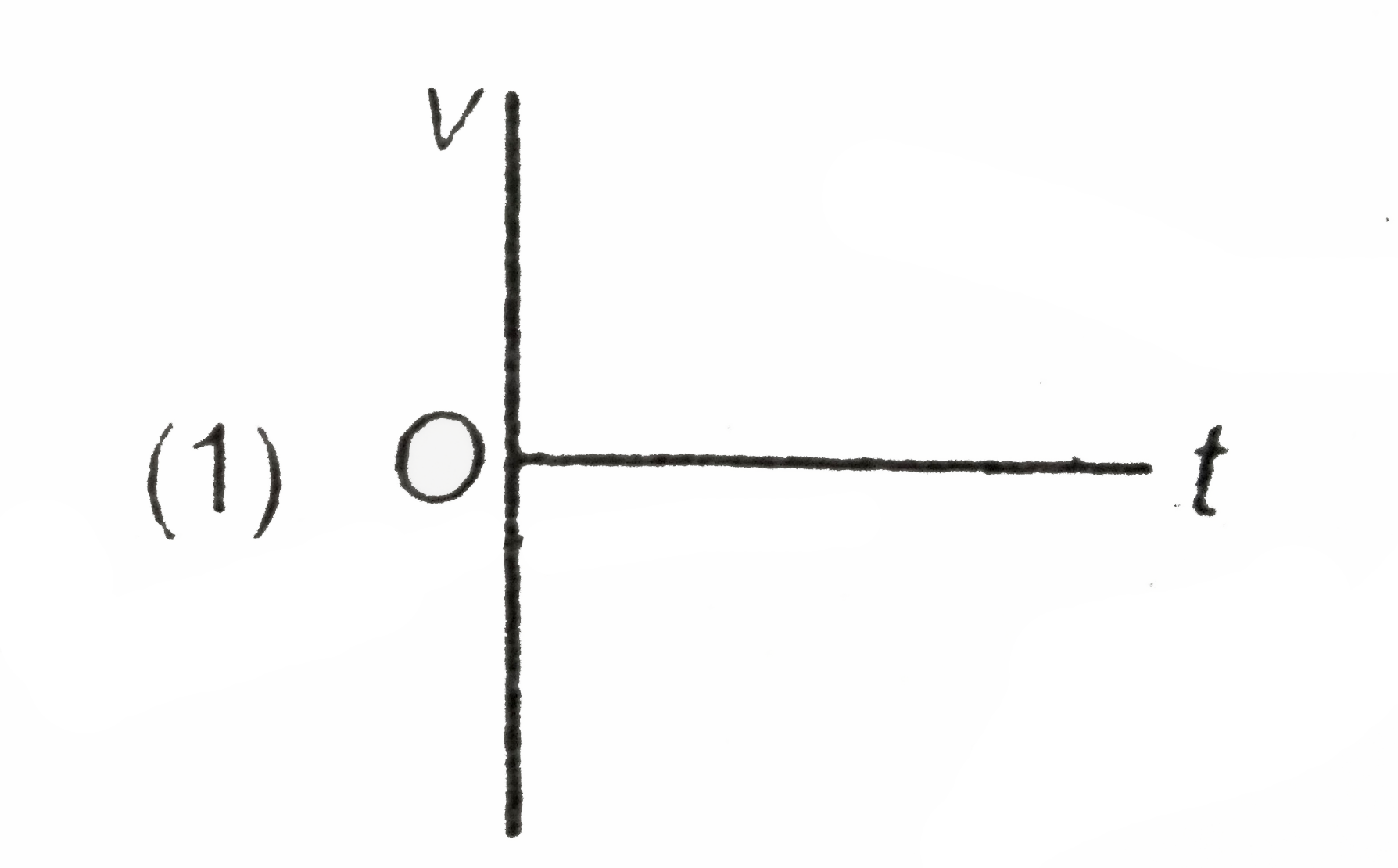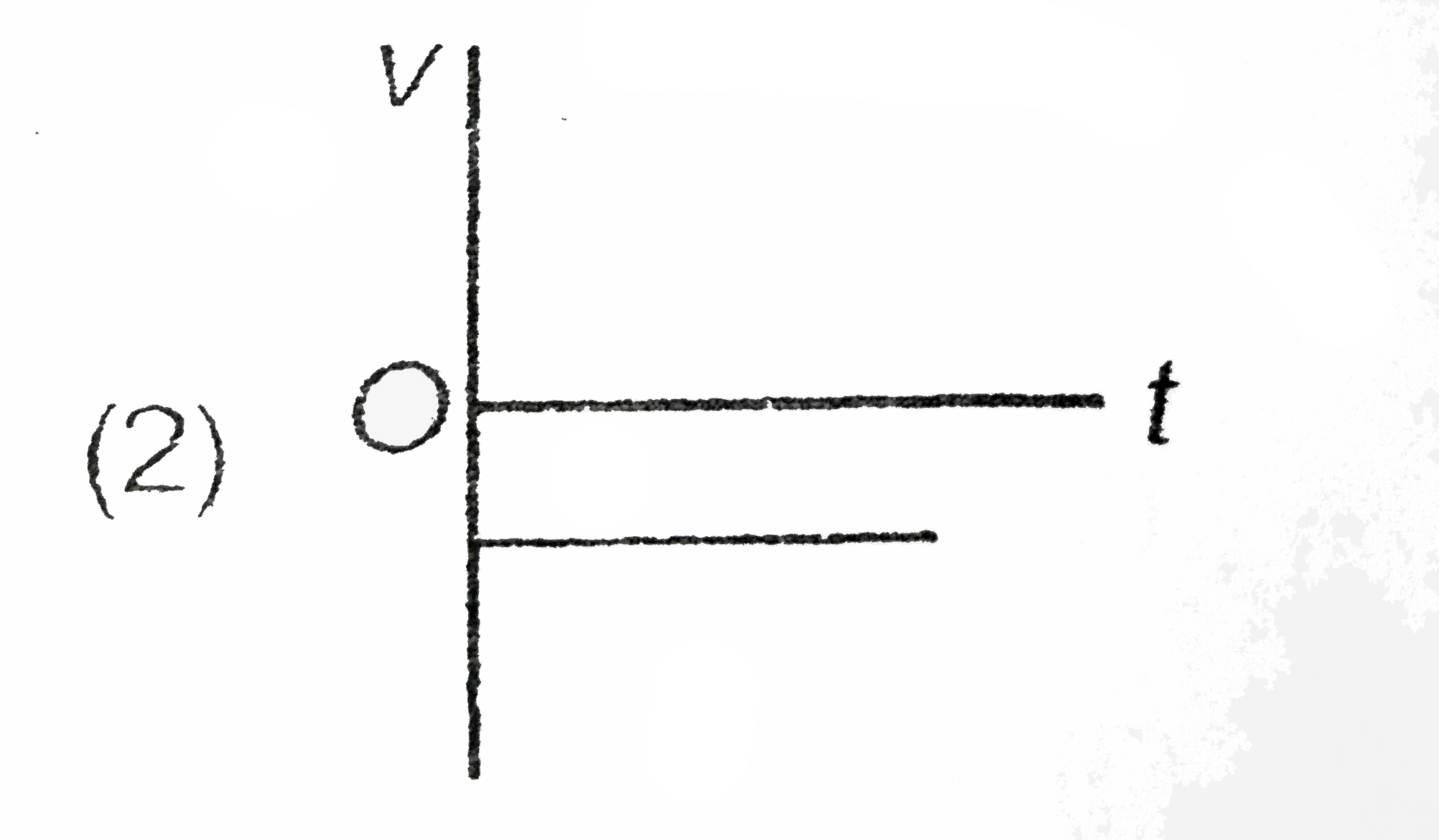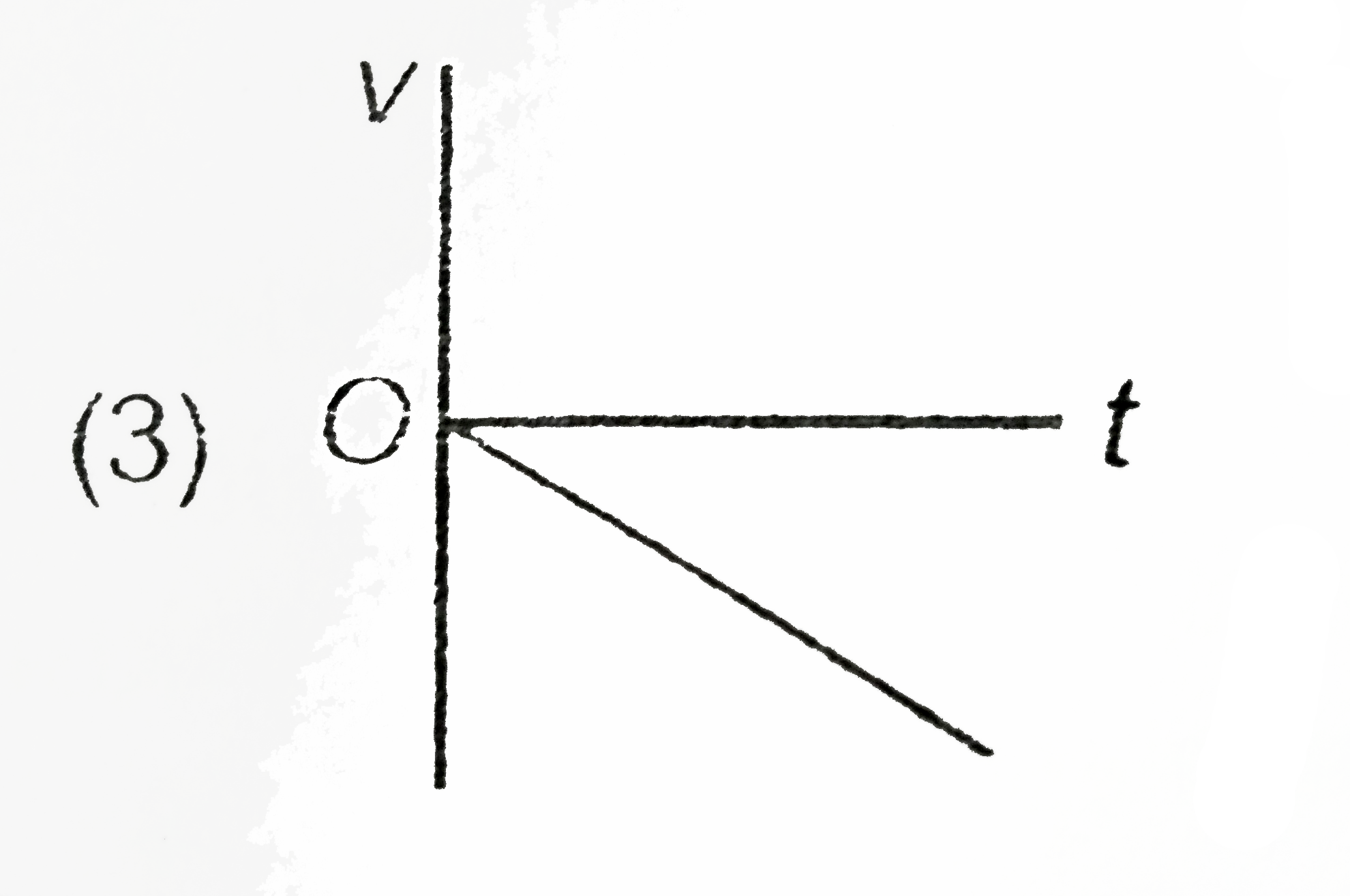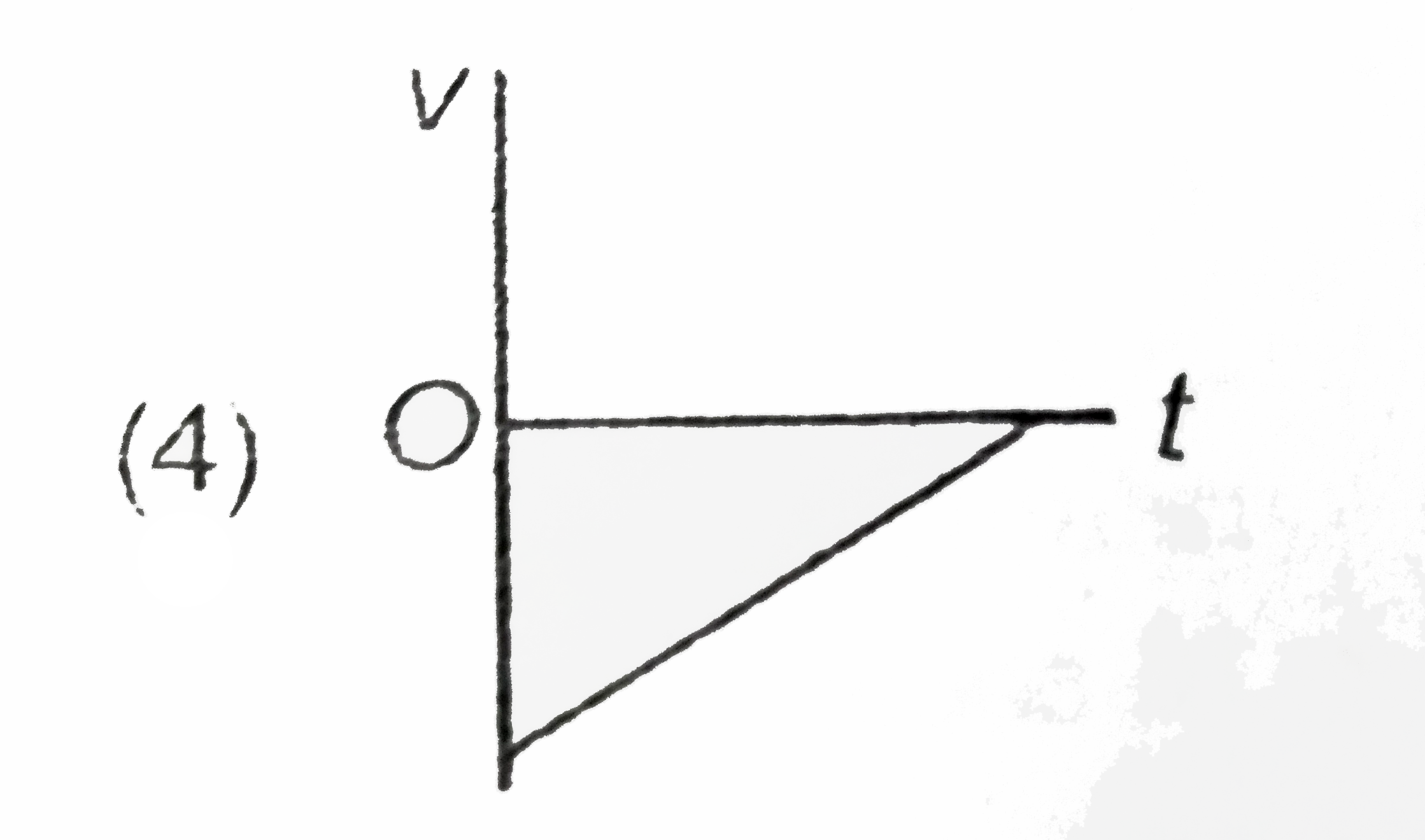A
B
C
D
Text Solution
AI Generated Solution
The correct Answer is:
|
Topper's Solved these Questions
MOTION IN STRAIGHT LINE
AAKASH INSTITUTE ENGLISH|Exercise Assignment (SECTION - C)|7 VideosView PlaylistMOTION IN STRAIGHT LINE
AAKASH INSTITUTE ENGLISH|Exercise Assignment (SECTION - D)|24 VideosView PlaylistMOTION IN STRAIGHT LINE
AAKASH INSTITUTE ENGLISH|Exercise Assignment (SECTION - A)|50 VideosView PlaylistMOTION IN A STRAIGHT LINE
AAKASH INSTITUTE ENGLISH|Exercise ASSIGNMENT (SECTION - D)|15 VideosView PlaylistMOVING CHARGE AND MAGNESIUM
AAKASH INSTITUTE ENGLISH|Exercise SECTION D|16 VideosView Playlist
Similar Questions
Explore conceptually related problems
Knowledge Check
A
B
C
D
Submit
Similar Questions
Explore conceptually related problems
AAKASH INSTITUTE ENGLISH-MOTION IN STRAIGHT LINE-Assignment (SECTION - B)
- A particle starts moving from rest on a straight line. Its acceleratio...
02:04
|
Play - A particle travels half the distance of a straight journey with a spee...
03:58
|
Play - A stone is dropped from the top of a tower and travels 24.5 m in the l...
05:26
|
Play - Two balls X and Y are thrown from top of tower one vertically upward a...
05:58
|
Play - A body starts from rest with an acceleration 2m//s^(2) till it attains...
03:19
|
Play - If speed of water in river is 4 m/s and speed of swimmer with respect ...
01:20
|
Play - The reation between the time t and position x for a particle moving on...
05:21
|
Play - A particle starts from rest. Its acceleration is varying with time as ...
03:32
|
Play - Two particles A and B are initially 40 mapart, A is behind B. Particle...
04:46
|
Play - Figure shows the graph of x-coordinate of a particle moving along x-ax...
03:55
|
Play - A body is thrown vertically upward with velocity u. The distance trave...
06:05
|
Play - A ball is thrown vertically upward with a velocity u from balloon desc...
05:40
|
Play - A constant force acts on a particle and its displacement x (in cm) is ...
02:28
|
Play - A particle located at x = 0 at time t = 0, starts moving along the pos...
03:11
|
Play - A train is moving with uniform acceleration. The two ends of the train...
04:43
|
Play - Which graph represents an objects at rest ?
03:52
|
Play - Which graph represents positive acceleration ?
03:58
|
Playing Now - The acceleration-time graph of a particle moving along a straight line...
02:37
|
Play - A particle obeys the following v - t graph as shown. The average veloc...
02:19
|
Play



